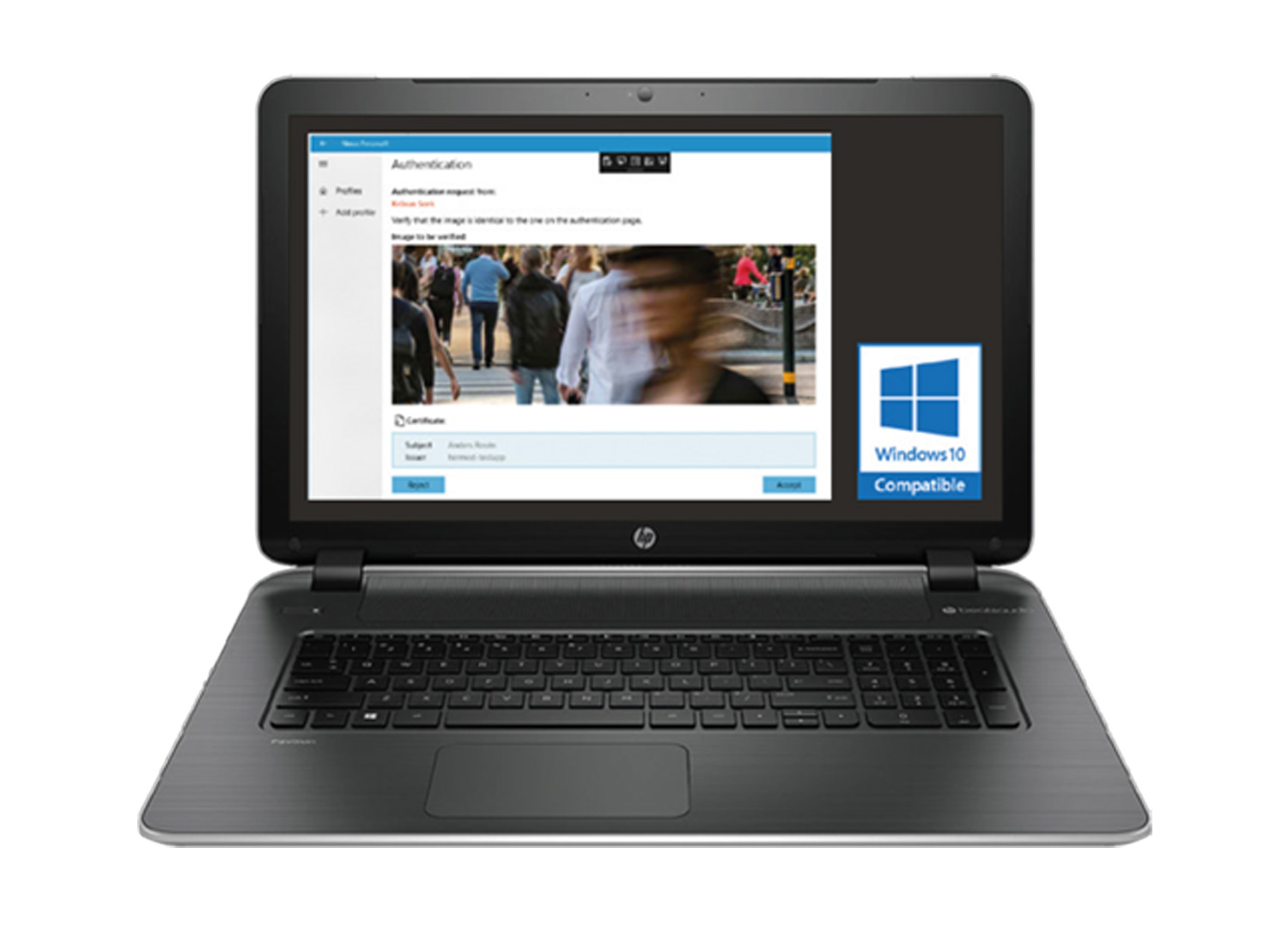Virtual smart cards use PKI-based identities in a secure environment on laptops, to let users get rid of passwords and use strong authentication, signing and encryption in a smooth way. They work as physical smart cards, but without the need to issue and manage plastic cards or other hardware tokens.
With virtual smart cards, you get an intuitive and user-friendly two-factor authentication (2FA) method. They are also an economical choice, since they take advantage of existing technology available on many laptops, which means that you do not have to issue and manage hardware tokens, smart cards or smart card readers.
Virtual smart cards are included in Digital ID, with automated lifecycle management and self-service workflows.
How does it work?
Virtual smart cards are hosted on your laptop and have the same level of security as a physical smart card. Keys are securely created and stored on the Trusted Platform Module (TPM) chip, which is available on most laptops.
Smart ID Desktop App lets you provision and manage virtual smart cards, based on Microsoft Virtual Smart Card (VSC) and Universal Windows Platform (UWP) technology. The solution uses native Microsoft mini-driver for communication with the VSC.
The Smart ID Desktop App is used together with a messaging backend to manage the online authentication and signing services.
Security:
-
Keys are created and stored on the secure TPM chip on Windows laptops
Convenience:
-
No need for extra hardware tokens
-
Intuitive use cases
-
Integrated in Windows environment

